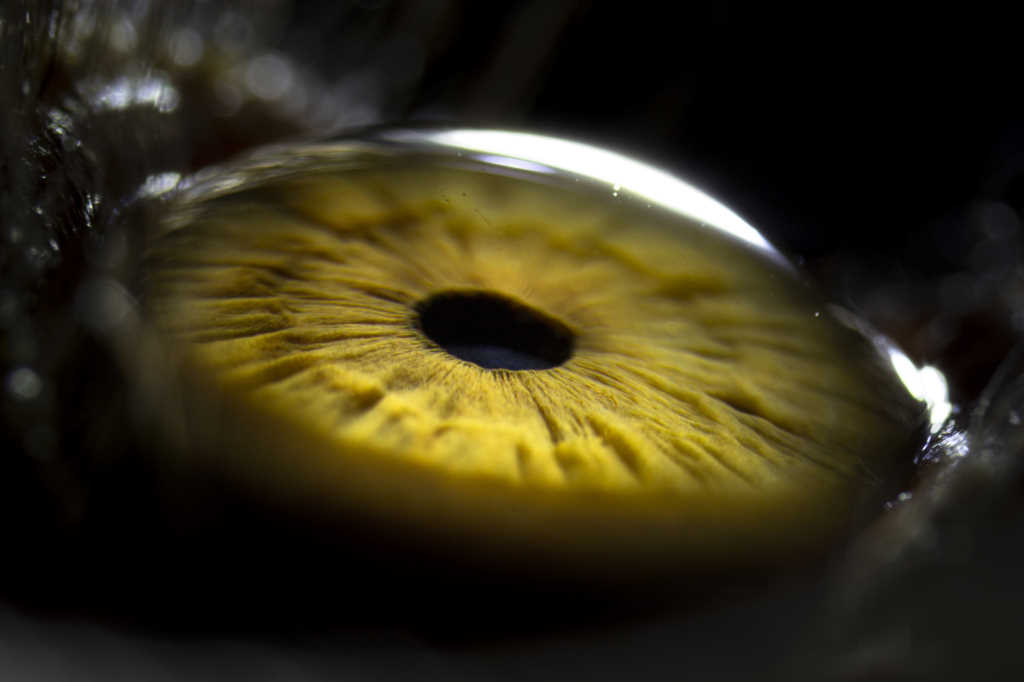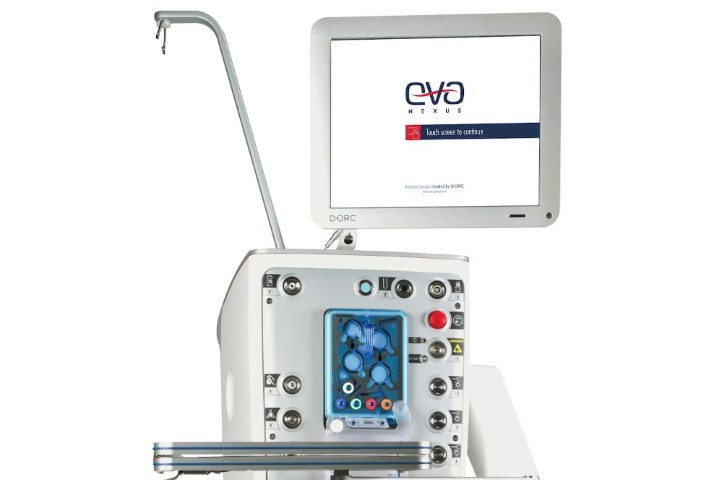Corneal hysteresis linked to glaucoma progression
A US study has found lower baseline corneal hysteresis (CH) to be a significant risk factor for glaucomatous central and peripheral visual field (VF) progression. CH is a measure of the viscoelastic damping of the cornea, which reflects the ability of the cornea to absorb and dissipate energy.
Prior studies have found lower CH is associated with an increased rate of functional and structural deterioration in glaucoma patients, said lead researcher Dr Alireza Kamalipour, from the Shiley Eye Institute, University of California. “In this study, the event-based multivariable analysis showed that 1mmHg lower CH corresponds to a 35% increase in the odds of central VF progression after adjusting for other covariates.”
The researchers monitored 143 glaucoma patients and suspects twice yearly for an average of 4.8 years. Intraocular pressure checks plus 10-2 and 24-2 VF tests were conducted at each assessment in addition to a comprehensive ophthalmic examination. “Given the substantial influence of central VF impairment on the quality of life, clinicians should consider using CH to assess the risk of progression in patients with primary open-angle glaucoma, including those with early disease,” they said.
























